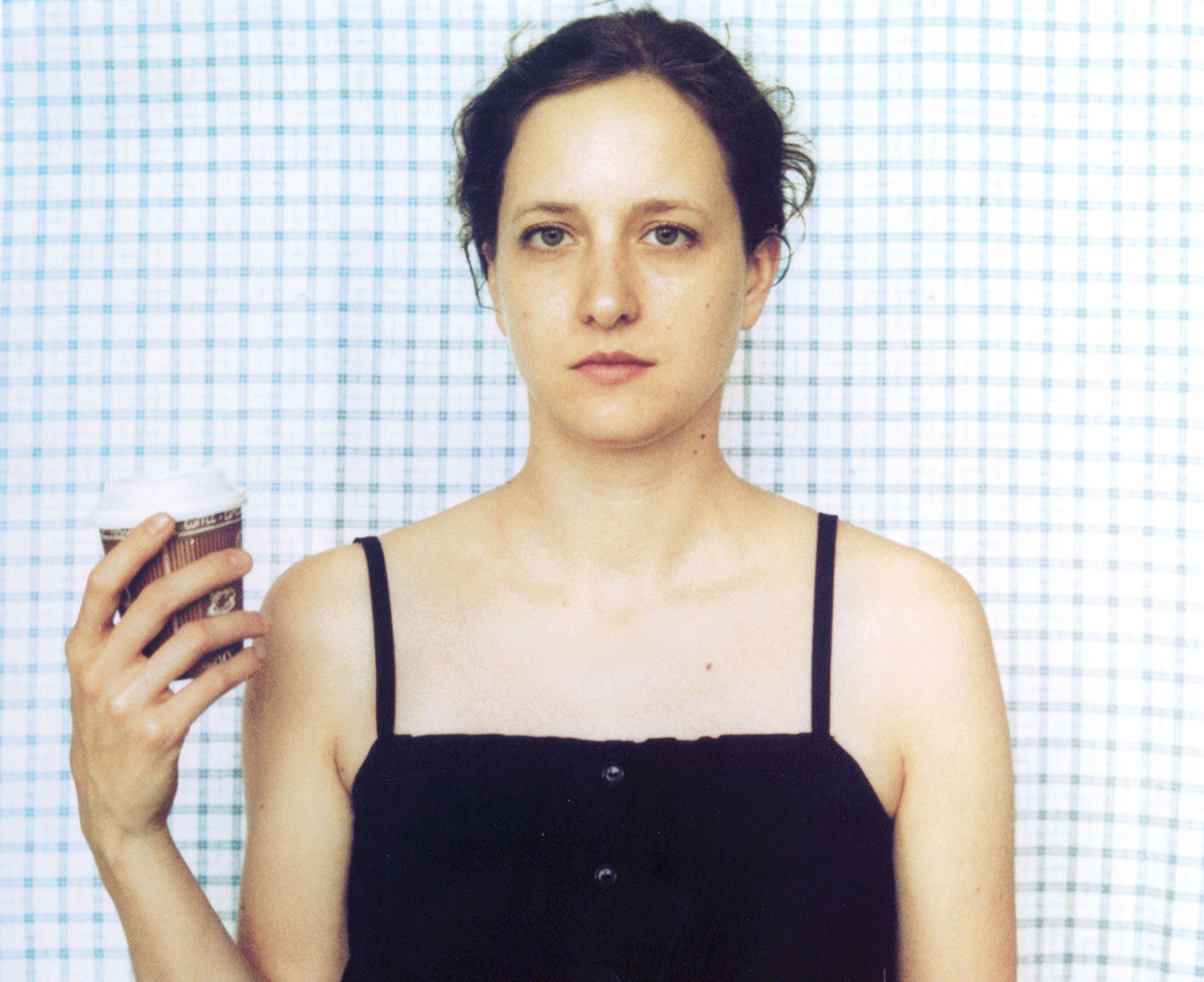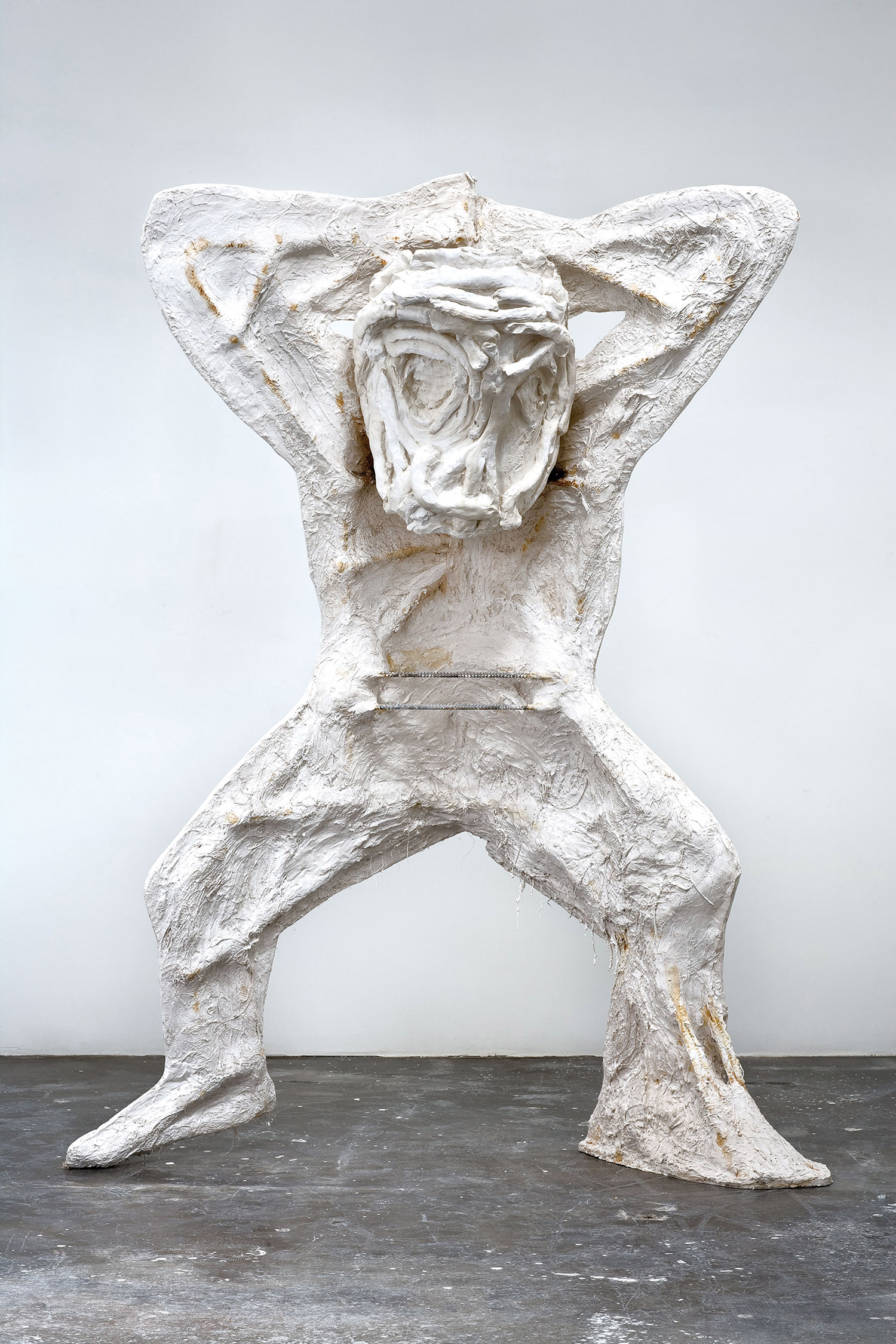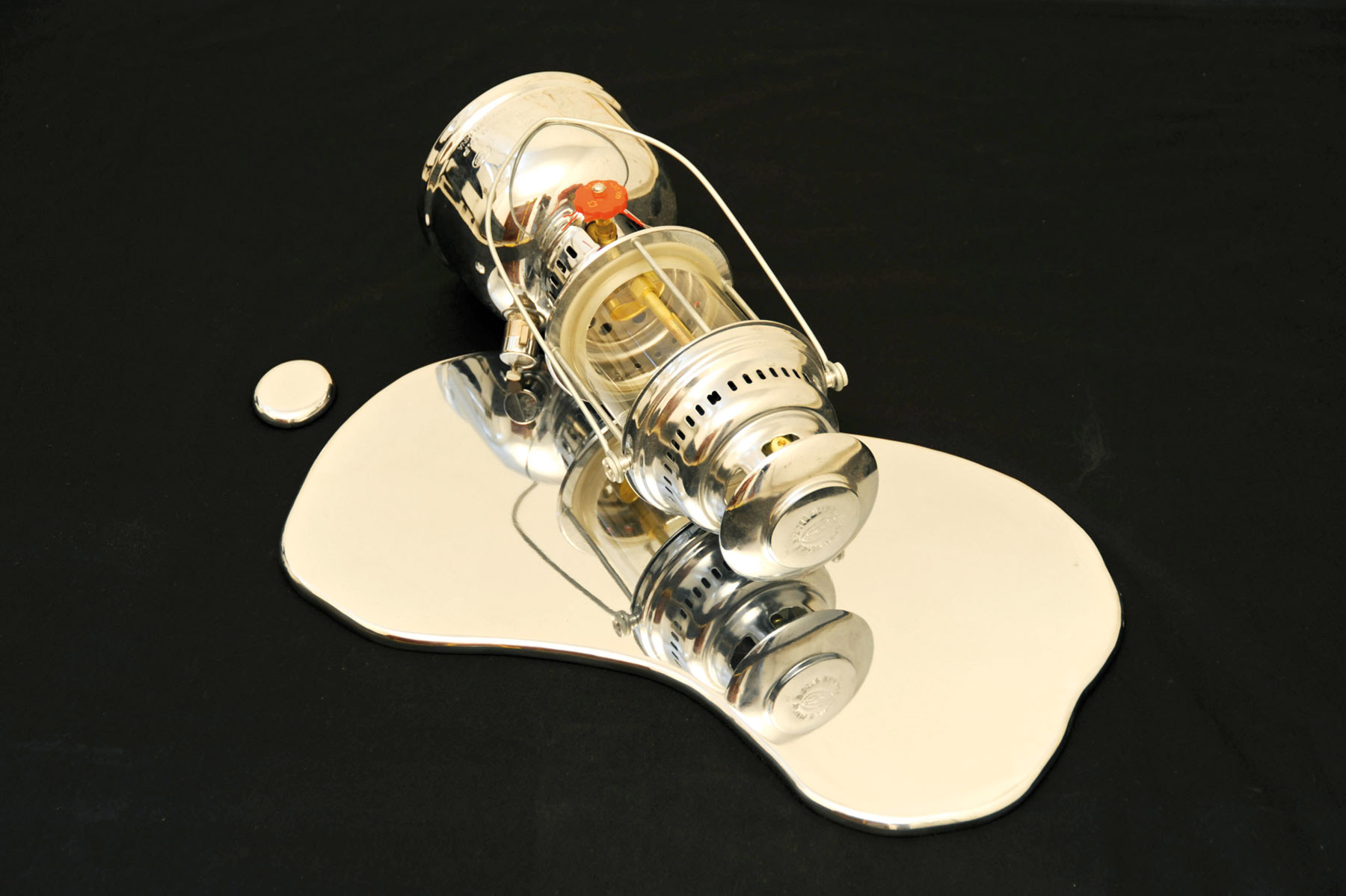
Giancarlo Politi: Do you think that art is fixed in time? I mean, what’s the difference between your first series of mirroring works and the current one? What kind of development or movement has taken place?
Michelangelo Pistoletto: For me art was the first stirring of intelligence. Man is naturally creative. Man has built his own history on creativity. Since the end of the 19th century though, art has differentiated itself from all other human activities, acquiring its own expressive autonomy and escaping from its functional connection to patrons from the religious and aristocratic elite. At that time, artists were recognized and admired only for their skills as artisans. It is only since impressionism that the artist has acquired intellectual autonomy. Such independence has been possible thanks to the scientific and technological progress that opened up new media horizons such as cinema and photography, liberating art from the duty of producing images. The 20th century has shown to what extent the artist has been able to free himself. The contemporary art museum is the keeper of the autonomy, uniqueness and freedom of art. It is impossible not to realize how the deepness of the creative essence is more and more recognized as a main value for the life of the community. This is demonstrated by the proliferation of collections, biennials, art fairs and art publications. To create is human! Therefore, while art is rooted in primordial history, the artist has only recently, over the course of the last century, come to self-understanding.
GP: How about your specific case? Is there any difference?
MP: My research started during the mid-1950s. At that time, the artistic avant-garde was following two directions: abstract and figurative. I’d look around me. What was I searching for? I was trying to identify myself through art. I couldn’t do it through abstraction because it doesn’t exist within the Italian tradition. From the Classic age to the Baroque era, Italian art has always been figurative. Working with my father, who was a restorer of old paintings, I concentrated on the so-called icon with the golden background. Indeed, the relationship between the image and the background has constituted the foundation of my research. I didn’t want to experiment with the formal gesture, although I was intrigued by the abstract work of artists like Giuseppe Capogrossi and Franz Klein. Instead, I was looking for the essence through the image of myself, orienting my practice around the self-portrait. From the very beginning, I had to face two big topics: on the one side, there was the mirror in which I would look at myself, the place of reality; on the other side, there was the canvas, where the concept was, and onto which I had to transfer reality. For a while I worked with matter, considering the possibilities suggested by artists like Jean Fautrier or Alberto Burri. But instead of using raw and thick materials, I proceeded refining the material till giving it the mirroring quality. The black surface, made super glossy, became reflective, almost “antimaterial.” In 1961, for the first time, I was able to paint my self-portrait mirroring myself directly on the canvas. Concept and reality joined together and the world has entered whole, with me, into the mirroring canvas. My image blended together with that of other people. Life events have been transferred into the artwork through a never-ending sequence of images. Later on, I poured the content of the mirror into reality, which is live and true, and I found myself acting directly within the body of society. Emerging from the mirror, I brought with me the world I discovered in there. Step by step, over the course of the 1990s, I arrived at the foundation of Cittadellarte and the concept of the project “Terzo Paradiso” [Third Heaven], both of which, through art, activate processes of “responsible” transformation within the many sectors of the social structure.

GP: I assume your conception of the world can be identified with Cittadellarte, am I right?
MP: At Cittadellarte we work towards an “art civilization”; we think of art as the engine for global change. It is a laboratory, which, like a mirror, reflects society. The ideal mirror is composed of many fragments that, translated into reality, compose the operative departments (called uffiZi), and each fragment is entitled to a sector of the society as a whole. Through aesthetic components we promote ethical content, which comes together in the development of every aspect of social life.
GP: Is it then a great artwork of yours with a social message?
MP: A work of mine from the ’70s is Divisione e moltiplicazione dello specchio [Division and multiplication of the mirror]. The primary action is the division of a mirroring surface. The two reflecting parts mirror each other. Even biological cells multiply by dividing. Normally, socio-political and economic systems make multiplication their principle, and this aspect produces accumulation and exclusion. If these systems could instead base themselves on the principle of division, which originates from speculative counting, they would practice the method of sharing, which proportionally multiplies wealth with respect to the number of individuals. This is one of the principles on which Cittadellarte develops its social activity.
GP: Can we say that your experience during the 1960s was the very inspiration behind this great laboratory?
MP: Sure. During the establishment of Arte Povera, I opened up, accompanied by a manifesto, my studio to the young people willing to present their work and exchange ideas. Poets, actors, movie directors, musicians came and all together we came out of the shell, the studio, and went out onto the streets in order to create. We got rid of the studio, but also of the official art institutions, entering the very core of society. Today, with Cittadellarte, I established an institution through which art can operate in a concrete way within society.
Helena Kontova: What’s the difference between the Factory of Andy Warhol and your Cittadellarte?
MP: I’ve never visited the Factory of Andy Warhol and so I don’t know what was happening over there. I can tell you that at Cittadellarte there’s an interaction between artistic creation and the different aspects of the social structure. This is a transformation that embraces not only art, but also the ethical responsibility extended to the human community.
HK: And the laboratory? Can we define it as a very refined example of branding?
MP: Every artist creates his or her own brand. But in this case, we are dealing with the uniqueness of a product, while industry produces things in great quantities. That’s why art, which is based upon the uniqueness of the product, is so significant. The example of Damien Hirst makes us aware of how powerful art branding can be as a force for equalizing economic systems. From my point of view, the idea is not to make art that suits the existing order; it is rather to produce art that changes the existing order. I see problems, but I don’t like to dwell on them. Instead, I’m trying to find alternative solutions.

GP: What’s the difference between you and Silvio Berlusconi or Romano Prodi? Are they also creative?
MP: Sure, they are creative as well, like anybody else, but here it is a matter of morality. Frequently, the moral values of a leader oppose those of the people. Often, people who have achieved the highest level of power do not operate in the service of society but instead use it, causing conditions of schizophrenia. I believe that for everybody’s welfare, we should all develop a common moral perspective.
GP: Who do you think could be considered as the Leonardo of nowadays? Bill Gates, Damien Hirst? You maybe?
MP: I feel very close to the Renaissance. At that time, the idea of progress was still unpredictable. The Renaissance started the process that generated modern science, and it did it while searching for balance and ideal proportions. Through progress however, we went beyond balanced proportions until we reached the current conditions of unsustainability. Bill Gates personifies a technological revolution extremely useful to human civilization. Nonetheless, we need to explore the consequences of such a revolution on the level of global society’s overall balance. In the 15th century, the research of the artist, the scientist, the architect and the economist converged. I think that today we should open a similar laboratory. I personally conceived a new sign for infinity consisting of three circles instead of two. This is the emblem of the Third Heaven, which indicates the passage to a new era in which the first heaven, the natural one, and the second heaven, the artificial one, are joined. The circle in the center represents the place where nature and artifice (represented by the external two circles) flow and melt. The symbol of the Third Heaven serves as a compass, which points out a new destination. For the time being, a deep change is indispensable and urgent. We have reached saturation within the growth of the artificial process with terrible relapses. The Third Heaven means cohabitation of human and natural intelligence.
GP: Is there a signature, something that makes your work recognizable?
MP: Yes, there are works that are particularly recognizable. But this element must not refrain or bind. To feel free, I need a range of possibilities. Art is like scissors; there are two paradigms: on one side there’s orthodoxy, on the other side, heterodoxy. The first one is art for its own sake. The second one is a type of art which is not afraid of opening up and interacting with the world. I’m developing these two paradigms because I see them as commentary.
HK: Would you consider schizophrenia a force capable of producing and renewing creativity?
MP: It could be, although few schizophrenics are able to cure themselves. The world is incongruent and full of contradictions. This situation generates disease, which is not a virtue, but rather a problem. To solve it, we have to find a solution that balances — through civilization — these opposites, as happens when connecting negative and positive poles, which generates electricity.

GP: What’s your reaction toward the work of young artists? Do you feel disoriented?
MP: For me, quality and talent remain fundamental. I feel and I see where there’s talent, invention, energy and quality. This said, the artist, in addition to talent, must offer an important message that should be useful to the world. Cittadellarte welcomes young people who are willing to communicate this kind of message.
GP: Who or what has the best insight — the market or the curator?
MP: I think both. Luckily enough, since the 1950s gallerists have taken risks together with artists. Thanks to them, we were able to realize many projects. I also have great esteem for art critics. I mainly think of Germano Celant and Achille Bonito Oliva who, although through different paths, have had a primary role in the affirmation of the Italian art scene after WWII. Art critics, gallerists and museum directors, when they are ‘militant,’ offer a great service to art.
HK: What is your role? Are you a performer, an artist or a demiurge?
MP: Everything but a demiurge. This term suggests a hierarchical position. The activity of Cittadellarte has extended over time, but there’s no situation in which we can speak of a pyramidal structure.
GP: Are you still working with enthusiasm?
MP: Certainly. I have more enthusiasm than ever. Now my eyes see the whole world and I realize how much work has still to be done to change it.





